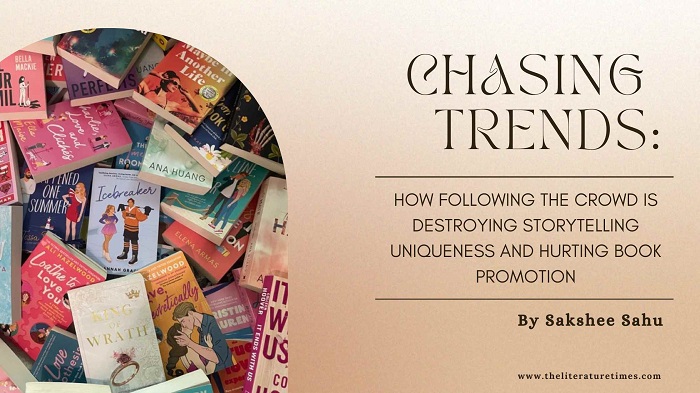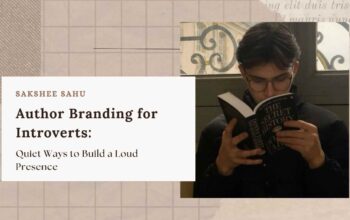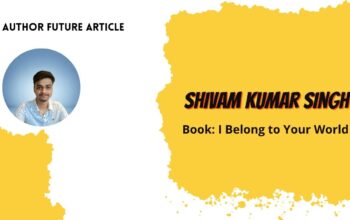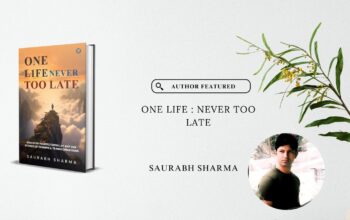In an era dominated by algorithm-driven consumption and viral content, many authors especially debut writers feel compelled to follow current trends to secure visibility. Whether it’s dark academia, enemies-to-lovers tropes, or dystopian teenage heroes, these fads often dictate the literary landscape for seasons at a time. While there’s nothing wrong with inspiration, when storytelling becomes formulaic just to fit a trend, it not only compromises creative authenticity but also creates long-term problems for both the book’s identity and its marketing.
The Death of Originality: When Stories Start to Sound the Same
Every reader craves a fresh experience. Whether it’s a new world, a surprising narrative voice, or an unusual structure, the power of a book lies in its ability to stand apart. Unfortunately, the pressure to cater to current market demands has led to a homogenization of stories. In the rush to fit the mould, authors often suppress their unique perspectives in favour of crowd-pleasing clichés.
Consider the over-saturation of certain tropes: morally grey protagonists, twisted timelines, and trauma-based character arcs. While these can be compelling when done right, their excessive repetition across platforms like TikTok’s #BookTok or Instagram’s #TrendingReads reduces once-original concepts into predictable formulas. The result? A bookshelf full of stories that blur into each other books that feel more like iterations of a template than independent creative works.
This erosion of originality also affects genres. A writer who may have a powerful historical drama to tell might scrap it in favour of yet another fantasy romance with dragons, purely because it’s what the trend dictates. While it may temporarily attract eyeballs, it weakens the writer’s own voice and leads to a literary ecosystem where authenticity takes a backseat to popularity.
Short-Term Buzz, Long-Term Struggles: The Promotional Trap
At first glance, writing to trend seems like a smart promotional move. A book that aligns with a popular trope has a better chance of getting picked up by influencers, featured in algorithm-driven platforms, or even noticed by publishers. However, the very reason a trend boosts a book initially can also become its downfall when the hype cycle moves on.
Books written to ride the wave often get lost when the tide shifts. For instance, a novel heavily inspired by the “grumpy meets sunshine” romance dynamic might catch a few initial readers, but once the market floods with similar titles, it quickly loses shelf appeal. It becomes one among many competing in a noisy crowd with nothing distinctive to offer in the long run.
From a marketing perspective, this creates major problems. Book promotion thrives on the unique selling point (USP) of a story what sets it apart. When a story is derivative or feels like a “me too” version of a popular book, it becomes harder for marketers, PR professionals, and even authors themselves to pitch it compellingly. “It’s like Book X but…” becomes a crutch, not a strength.
Also read – https://www.theliteraturetimes.com/social-medias-impact-on-reading-and-writing/
Moreover, as trends fade, so does the book’s relevance. A timeless story that reflects the author’s true voice can be marketed year after year. A trend-based book, however, has a narrow window of opportunity before it’s labeled outdated or passé. The result is a fleeting spotlight, followed by a long struggle to stay visible.
Let Stories Breathe: Why Honesty and Innovation Matter More Than Virality
Authenticity is magnetic. When a writer tells a story from a place of truth drawing from personal experiences, unique observations, or original worlds it resonates deeply with readers. These are the books that linger, inspire fan communities, win awards, and become timeless. They may not always ride the top of the charts on day one, but they grow roots.
Promoting a book that is honest and unique may take longer, but it is far more sustainable. Marketing teams can craft campaigns around the originality of the concept, the sincerity of the author’s voice, and the richness of the narrative world. Readers today, especially those fatigued by “same-story-different-cover” syndrome, are constantly on the lookout for something that breaks the pattern.
In this context, resisting the trend isn’t just a creative choice, it’s a strategic one. Writers should be encouraged to start with the story they want to tell, not the story they think will sell. Ironically, many bestselling books over the years from The Book Thief to The Midnight Library, succeeded because they broke conventions, not because they followed them.
Instead of copying what’s currently hot, authors can observe trends as inspiration but reinterpret them through their unique lens. What starts as a familiar trope can evolve into something exceptional when rooted in genuine passion and inventive storytelling. That’s where literary magic happens and that’s what makes marketing memorable.
Related article – From Publishing to Marketing: A New Strategy
Conclusion
In a world addicted to immediacy and viral success, the temptation to follow trends is understandable. But great literature isn’t built on fads. It is built on courage, the courage to say something new, to experiment with structure, to defy the formula. When writers suppress their originality to fit a mold, they not only dilute their creative power but also make it harder for their books to stand out in the long run.
True storytelling is about connection, not imitation. And in the realm of book promotion, what truly connects is not what’s trending but what’s true.



